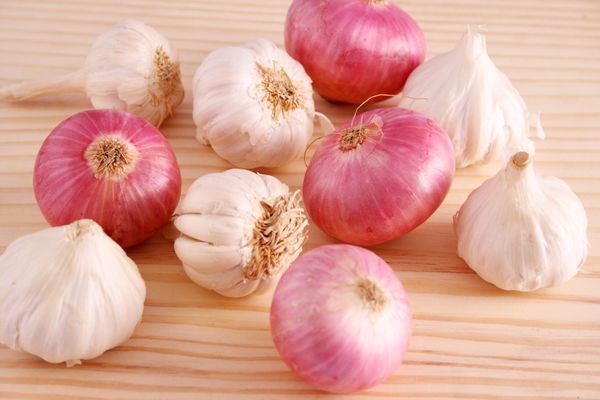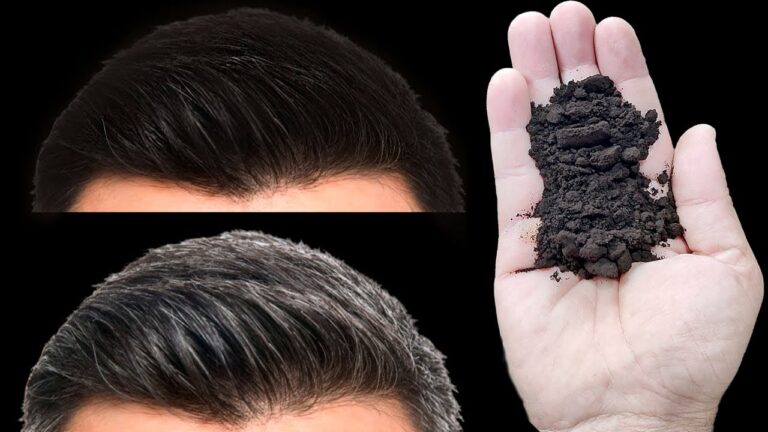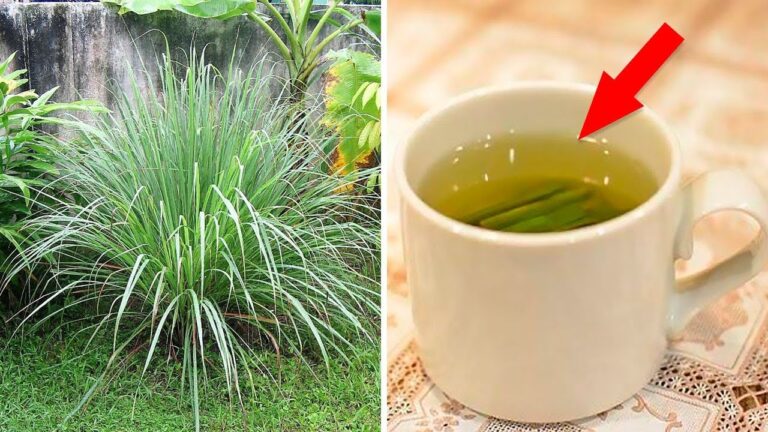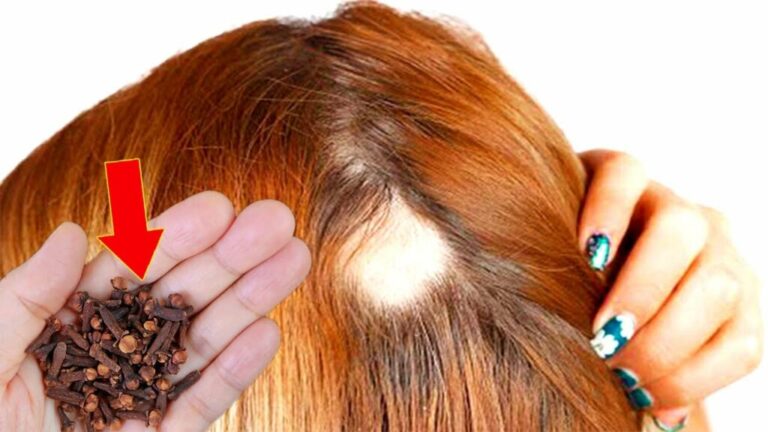As we age, it becomes even more important to pay attention to our health. Maintaining a balanced diet and staying active are key components of a healthy lifestyle. But did you know that there are natural ingredients that can help boost your metabolism and support weight loss? One such combination is garlic and ginger.
Health Benefits of Garlic and Ginger
1. Metabolism Boosting
Garlic has been known for its potential effects on metabolism. Research suggests that it can increase energy expenditure and contribute to weight management by giving a slight boost to metabolic rates. On the other hand, ginger has been shown to enhance thermogenesis, which is the body’s way of burning calories through heat. It can also help reduce feelings of hunger, which may aid in weight control.
2. Anti-inflammatory Effects
Both garlic and ginger possess anti-inflammatory properties. Chronic inflammation can hinder weight loss by affecting the body’s metabolism and fat storage. By reducing inflammation, these ingredients can improve overall health and facilitate weight loss.
3. Supports Digestive Health
Ginger is incredibly effective in relieving various digestive issues, such as bloating and indigestion, by accelerating the emptying of the stomach and improving digestion. Garlic, on the other hand, acts as a prebiotic, providing food for beneficial gut bacteria. A healthy gut microbiome is essential for a healthy metabolism.
How to Use Garlic and Ginger for Weight Management
Garlic and Ginger Tea
Here’s a simple recipe for garlic and ginger tea that you can try:
Ingredients:
- 1 inch of fresh ginger root
- 2-3 cloves of fresh garlic
- 1-2 cups of water
- Honey or lemon to taste (optional)
Instructions:
- Peel and finely chop the ginger and garlic.
- Boil water in a small pot and add the chopped ginger and garlic.
- Simmer for about 15-20 minutes on low heat.
- Strain the tea into a cup, add honey or lemon if desired, and drink it warm.
Daily Supplement
You can also incorporate garlic and ginger into your daily routine as a supplement. Finely mince a small amount of ginger and garlic, and add it to a glass of warm water in the morning. You can also use it in salad dressings, marinades, or other dishes throughout the day.
Precautions
While garlic and ginger offer numerous health benefits, it’s important to exercise caution when using them. They can interact with certain medications, especially blood thinners. It’s always best to consult with a healthcare provider before starting any new health regimen. Additionally, consuming them in moderation is key, as they can cause digestive upset or discomfort in some individuals.
Conclusion
Garlic and ginger should not be seen as a magical solution for weight loss, but rather as part of a healthy and balanced diet. Their ability to boost metabolism, reduce inflammation, and support digestive health can certainly aid in your journey to a healthier body. Remember, natural remedies work best when combined with a well-rounded diet and regular physical activity. Take charge of your health today and give garlic and ginger a try!









